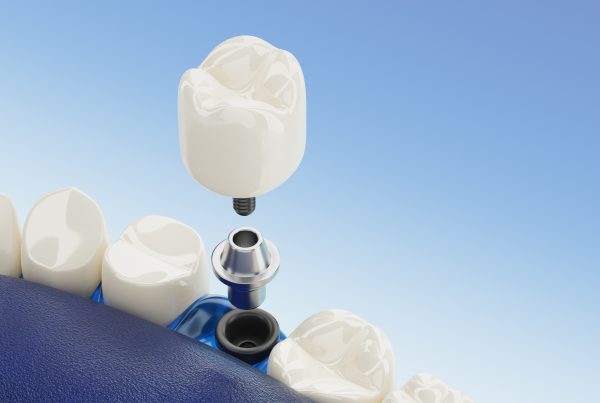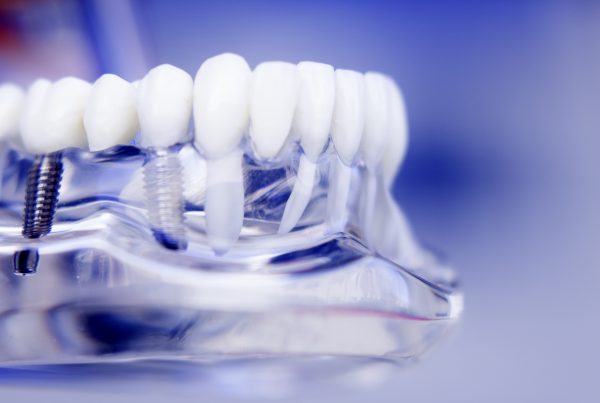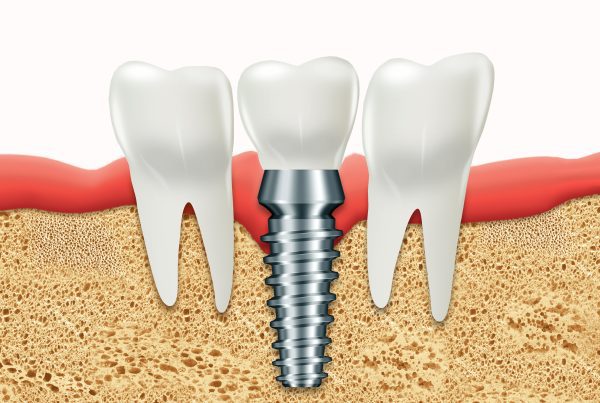Getting a Dental Implant With Teeth Braces
Dental implants and braces are both effective solutions for improving dental health and aesthetics. While dental implants are designed to replace missing teeth permanently, braces help align and straighten teeth over time. Many patients wonder if they can have both treatments simultaneously. The good news is that dental implants can be integrated into an orthodontic treatment plan, but the approach requires careful coordination between your orthodontist and dental implant specialist. Understanding how dental implants and braces work together can help you achieve a functional and attractive smile. Learn more about combining dental implants with braces for optimal oral health.

Can you get braces with dental implants?
Yes, you can get braces with dental implants, but there are certain considerations to keep in mind. Dental implants are fixed in the jawbone and cannot move like natural teeth. Therefore, braces cannot shift the implant itself. However, braces can still adjust the position of the surrounding natural teeth to create a more aligned smile. The timing and sequence of treatments need to be carefully planned by your orthodontist and implant specialist to ensure optimal results. In some cases, braces are applied first to straighten the teeth, followed by dental implant placement to fill any gaps left by missing teeth.
How do braces and dental implants work together?
Braces and dental implants can work together to improve both the alignment and functionality of your teeth, but they require a coordinated approach. Here’s how they complement each other:
- Braces Align Natural Teeth: Braces move natural teeth into their correct positions by applying consistent pressure. They help correct bite issues, crowding, and spacing, creating a better foundation for dental implants if needed.
- Dental Implants Replace Missing Teeth: Dental implants are surgically placed in the jawbone to replace missing teeth permanently. Unlike natural teeth, implants do not move with braces because they are fixed in place.
- Coordinated Treatment Plan: When braces and implants are both part of the treatment, orthodontists may choose to move the natural teeth first to create the ideal space for the implant. In some cases, if an implant is already in place, braces can be used to adjust the surrounding teeth without affecting the implant.
- Post-Braces Implants: Often, if a patient needs both treatments, braces will be completed first, and the dental implant is placed after the teeth have been properly aligned. This ensures that the implant will be positioned correctly without interference from shifting teeth.
A carefully planned approach by both your orthodontist and implant specialist ensures a functional, straight smile with both braces and dental implants.

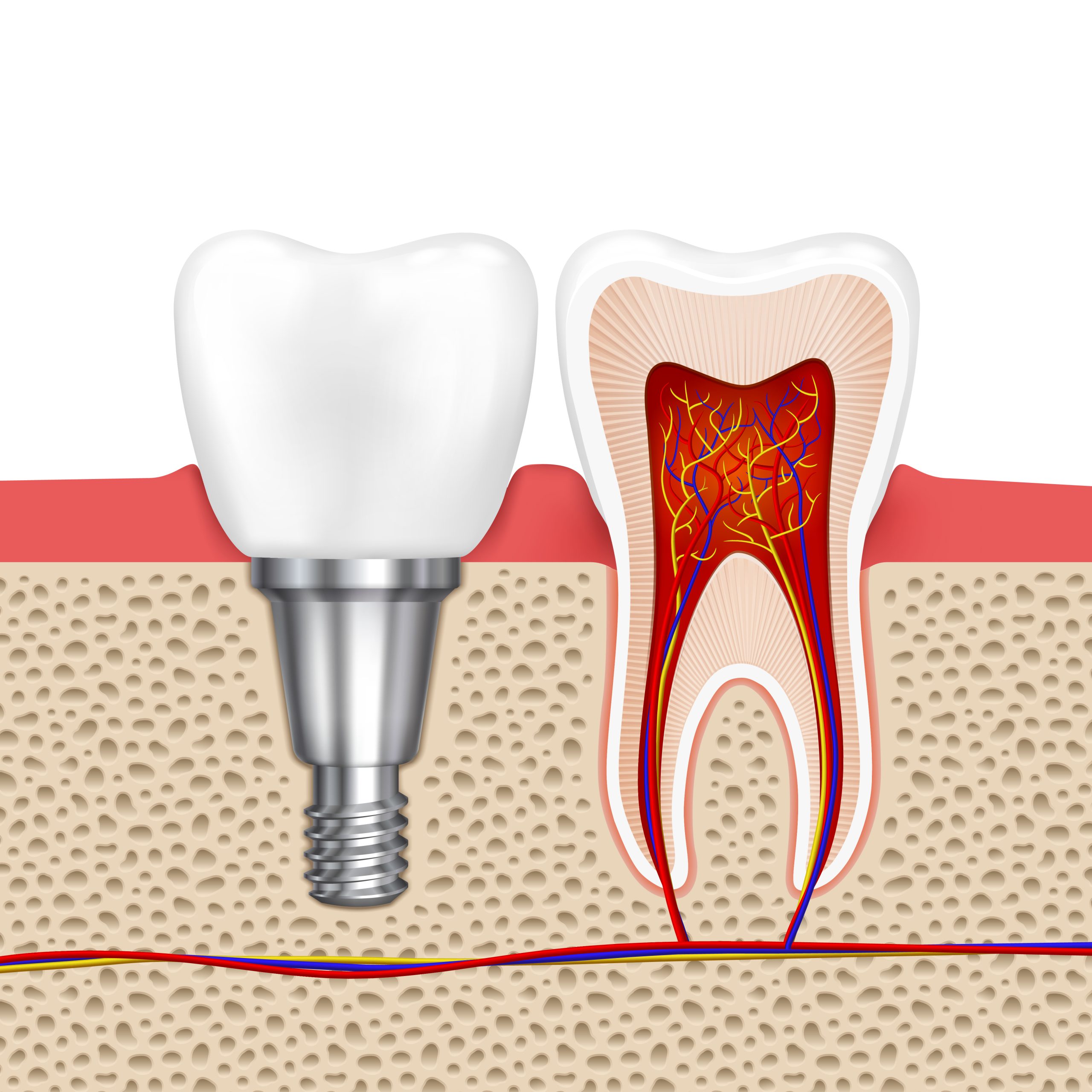
Is it possible to straighten teeth after getting dental implants?
Yes, it is possible to straighten teeth after getting dental implants, but there are important factors to consider. Dental implants are fixed in the jawbone and do not move like natural teeth because they are anchored in place. As a result, while braces can still be applied to straighten the surrounding natural teeth, the implant itself will remain stationary.
In cases where a dental implant is already in place, the orthodontist will carefully design the treatment plan to move the natural teeth around the implant without disturbing its position. This may involve using specialized braces or aligners that target only the natural teeth, ensuring that the implant does not interfere with the alignment process.
For the best results, it’s ideal to plan orthodontic treatment before placing the dental implant. However, if you already have an implant, your orthodontist can still work around it to improve the alignment of your smile.
When should you get dental implants during orthodontic treatment?
The ideal timing for getting dental implants during orthodontic treatment depends on your specific dental needs and treatment goals. In most cases, it’s recommended to complete orthodontic treatment first before placing dental implants. Here’s why:
- Teeth Movement: Braces and other orthodontic appliances are designed to move natural teeth. Since dental implants are fixed and cannot move, it’s usually best to complete the process of straightening and aligning your natural teeth first. This way, the implant can be placed in the most optimal position once the teeth have settled.
- Creating Space for Implants: In some cases, orthodontic treatment may be necessary to create enough space for a dental implant, especially if teeth have shifted into the gap left by a missing tooth. Once the natural teeth are in their correct positions, the implant can be placed.
- Specific Cases for Early Implants: In rare cases, an implant may be placed before or during orthodontic treatment if it’s needed for functional or structural reasons, such as providing an anchor point for braces. However, this requires close coordination between your orthodontist and implant specialist.
- Bone Health and Jaw Alignment: Sometimes, if there’s bone loss in the area where the implant is planned, orthodontic treatment can help improve the bite or jaw alignment first. This ensures the implant is placed in the correct position for long-term success.
In general, it’s best to consult both your orthodontist and dental implant specialist to determine the most effective sequence for your treatment plan.
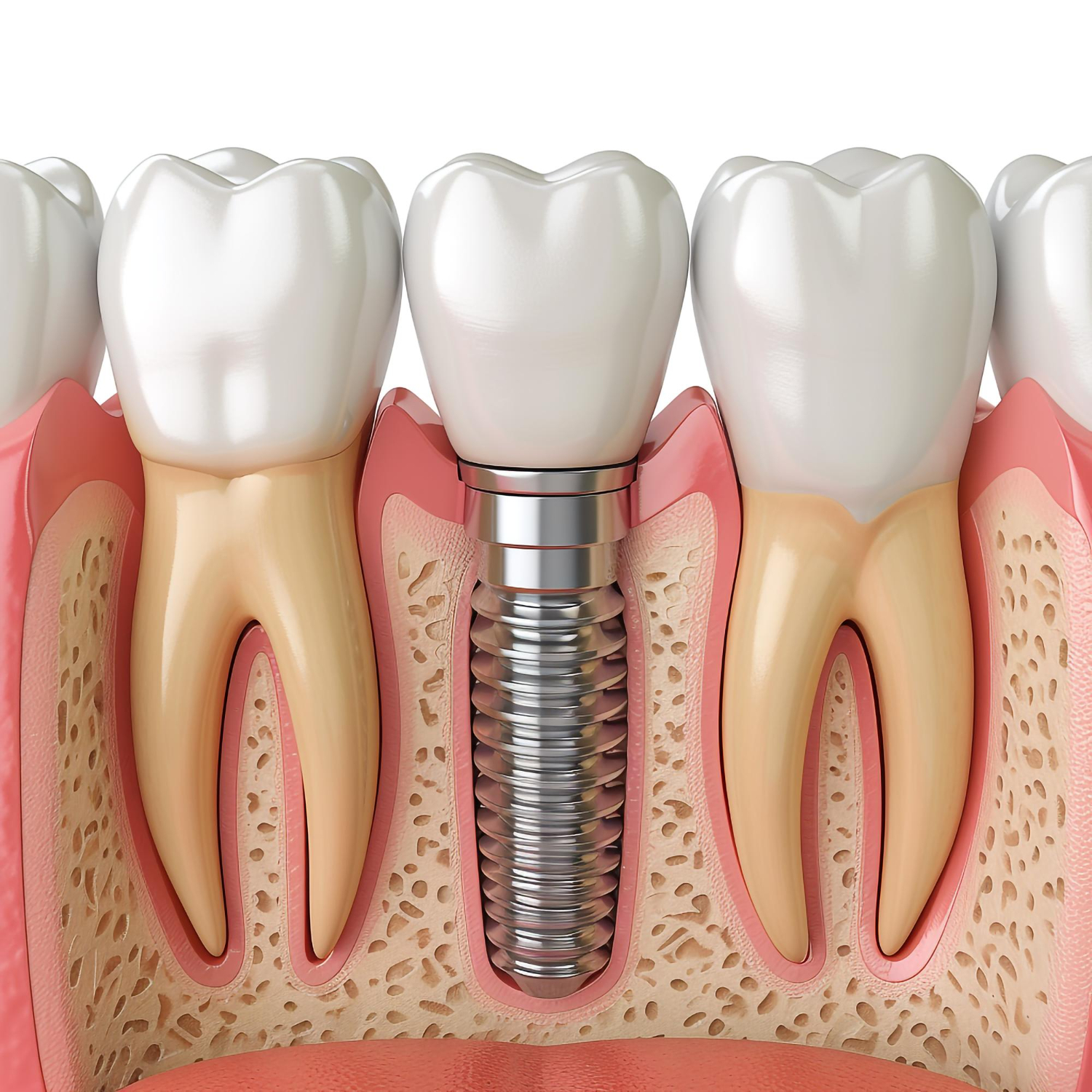
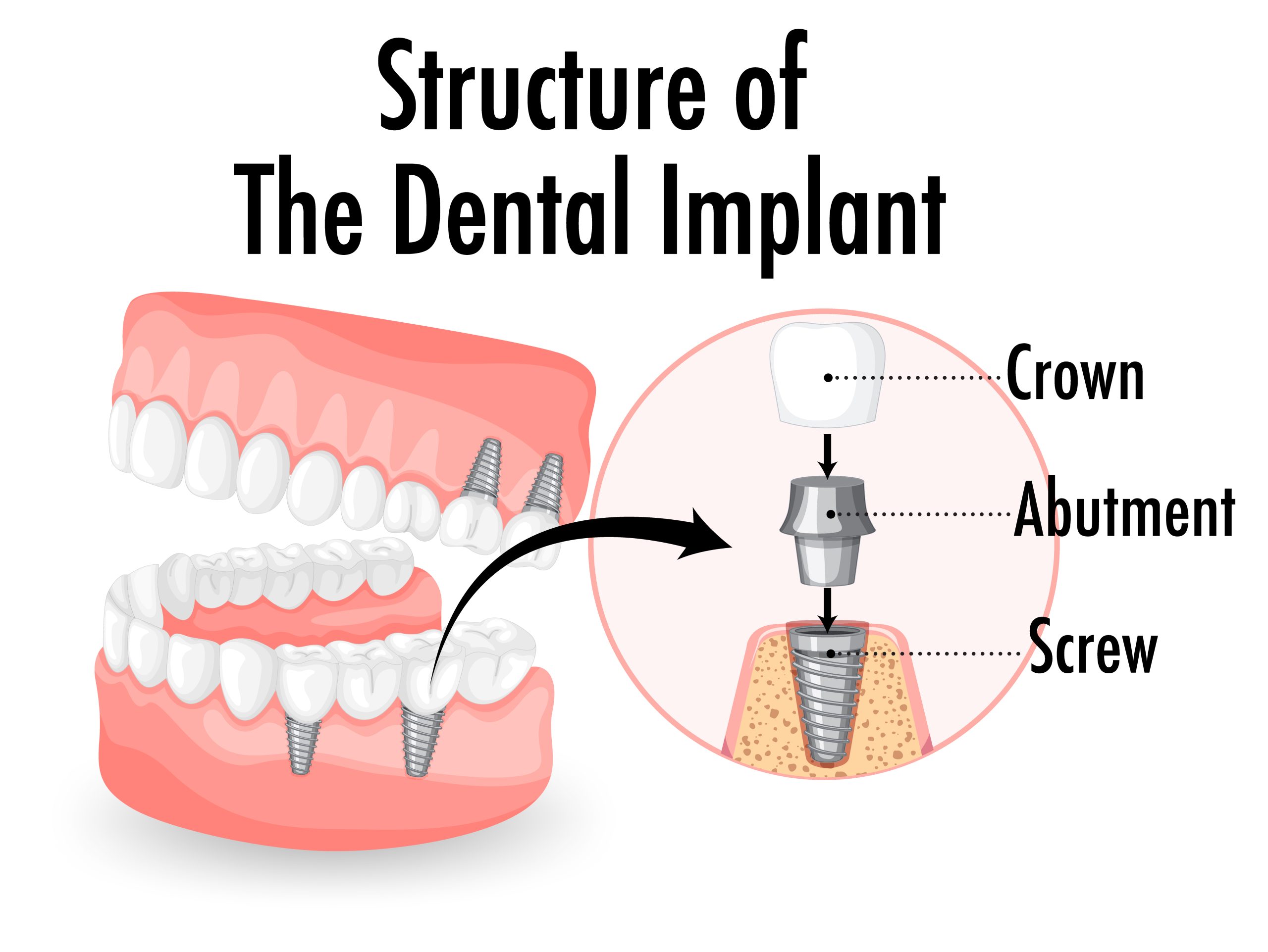
Can dental implants move with braces?
No, dental implants cannot move with braces. Unlike natural teeth, which are connected to the jawbone by periodontal ligaments that allow for movement, dental implants are surgically placed and anchored directly into the jawbone. This makes them immobile and resistant to the forces exerted by braces or other orthodontic appliances.
When braces are used to straighten natural teeth, they work by applying gentle pressure to move the teeth into proper alignment. Since dental implants are fixed in place, orthodontic treatment can still proceed, but only the natural teeth will shift. The orthodontist will carefully plan the treatment to move the surrounding teeth without affecting the implant.
If a dental implant is placed after orthodontic treatment, the implant will be positioned in the ideal spot after the teeth have already been aligned. However, if the implant is already in place, braces can still be used to adjust the rest of the teeth around the implant, ensuring a well-aligned bite and smile.

